
The English Patient's copy of Herodotus, who was born in Bodrum. Mine's about the same size but in slightly better shape.
When I knew that during my visit to Turkey I’d be traveling to Bodrum, I bought The History by Herodotus. Herodotus, who is largely considered to be the father of written history, was born in Bodrum in 484 BC.
Like most people I’d never heard of Herodotus until I saw The English Patient. Do you remember The English Patient? Count Almásy (Ralph Fiennes) and Katharine Clifton (Kristin Scott Thomas) are trapped in the cab of a truck that has turned over in the Sahara during a sandstorm and, in trying to calm her, he tells her about all the different names there are for winds: “There is a whirlwind from southern Morocco, the aajej, against which the fellahin defend themselves with knives. And there is the ghibli, from Tunis, which rolls and rolls and rolls and produces a…a rather nervous condition. And then there is the harmattan, a red wind, which mariners call the sea of darkness. And red sand from this wind has flown as far as the south coast of England, apparently producing showers so dense that they were mistaken for blood. It’s all true. Herodotus, your friend, he writes about it. And he writes about a wind, the simoon, which a nation thought was so evil they declared war on it and marched out against it. In full battle dress. Their swords raised.”
But perhaps the best Herodotus story is told by Katharine herself. It’s around the camp fire in the desert when she tells the story of Candaules and Gyges, foreshadowing the affair yet to come which will eventually lead to not only the death of her husband, but her death as well. It’s a little bit of a story within a story. Here’s a link to a 2 minute YouTube clip from the movie if you don’t remember the scene.

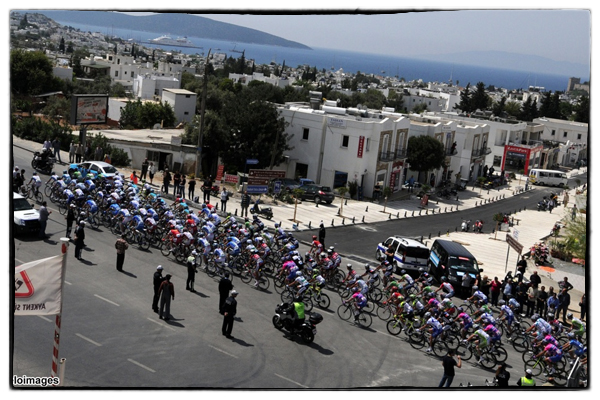

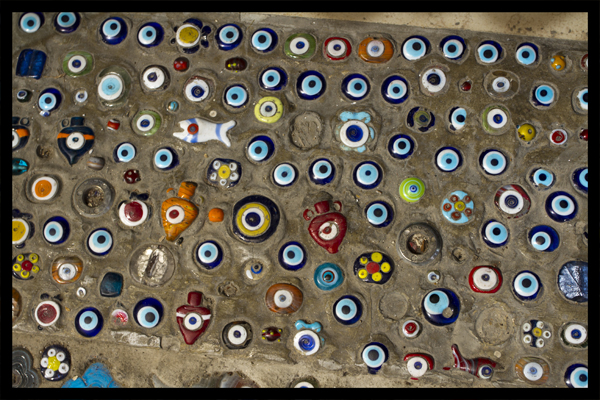
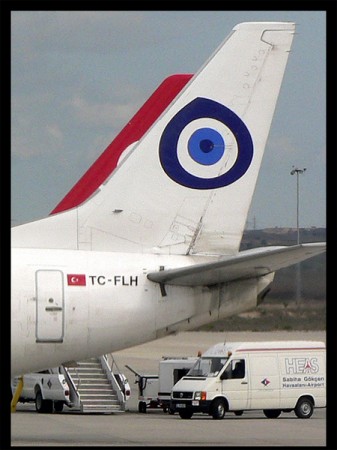
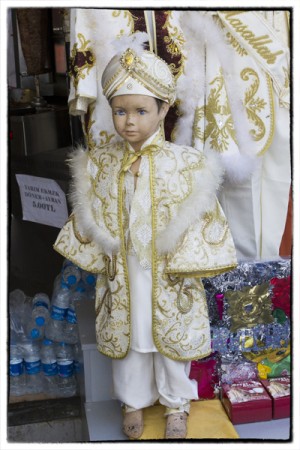
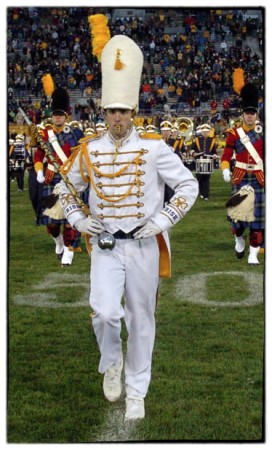
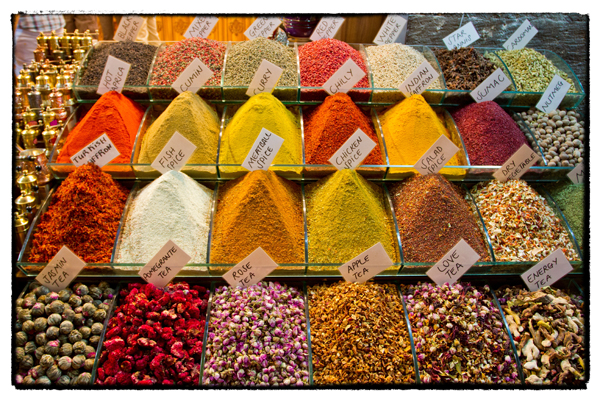
Recent Comments